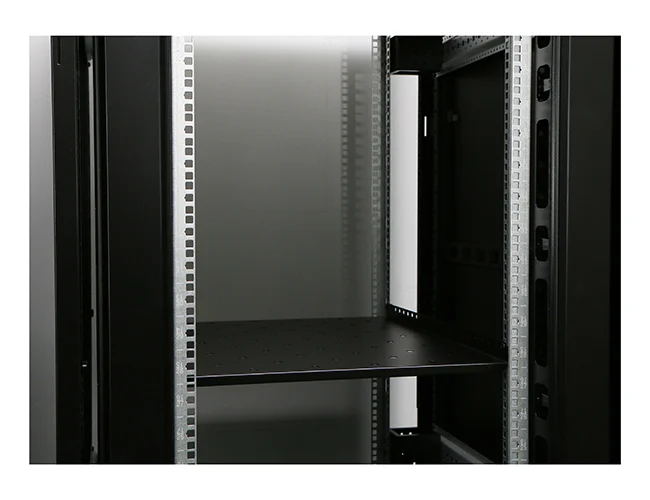News
Site Editor
 Site
https://leonetworkgroup.usa18.wondercdn.com/uploads/image/5fe152faa587d.png
An aerial cable, also known as an overhead cable or overhead line, is a type of electrical cable that is suspended above the ground and used to transmit electricity or data across long distances. Testing these cables is important to ensure that they are in good condition and can deliver the necessary data or electricity without any interruptions or faults. Here are some steps to test aerial cables
Site
https://leonetworkgroup.usa18.wondercdn.com/uploads/image/5fe152faa587d.png
An aerial cable, also known as an overhead cable or overhead line, is a type of electrical cable that is suspended above the ground and used to transmit electricity or data across long distances. Testing these cables is important to ensure that they are in good condition and can deliver the necessary data or electricity without any interruptions or faults. Here are some steps to test aerial cables
How To Test Aerial Cable
Views: 433
Author: Site Editor
Publish Time: 2023-07-11
Origin: Site
An aerial cable, also known as an overhead cable or overhead line, is a type of electrical cable that is suspended above the ground and used to transmit electricity or data across long distances. Testing these cables is important to ensure that they are in good condition and can deliver the necessary data or electricity without any interruptions or faults. Here are some steps to test aerial cables:
1. Visual inspection: Before testing the cables, it is recommended to conduct a visual inspection to check for any noticeable damage. Look for signs of wear and tear, breaks, cracks, loose fittings, and corrosion. If any damage is found, it should be addressed and repaired before proceeding with further testing.
2. Megohmmeter testing: A megohmmeter is an instrument that measures the electrical resistance of an aerial cable. This type of testing is essential to determine if the insulation of the cable is intact and functioning properly. A megohmmeter test can indicate if there are any leakage currents or insulation breakdowns along the cable.
3. Continuity testing: Continuity testing is a method to check if there is a continuous electrical pathway along the cable. It involves applying a small voltage across the cable and using a multimeter to measure the resistance of the cable. If the resistance reading is low, it indicates that there is no open circuit, and the cable is continuous.
4. Insulation resistance testing: Insulation resistance testing measures the insulation of the cable, and it involves measuring the resistance between the conductor and the outer sheath or ground. This test helps to identify any problems with the insulation, such as moisture, tracking, or aging.
5. High voltage testing: High voltage testing is used to test the capacity of the aerial cable to withstand high voltage levels. This test is performed by applying a higher voltage than the cable's rating for a short period and then monitoring the cable for any voltage breakdown or insulation failure.
6. Thermal imaging: Thermal imaging cameras can be used to detect hotspots along an aerial cable. These hotspots may indicate a poor connection or excessive resistance, which can lead to cable failure. Thermal imaging can also be used to detect damage to the cable insulation, such as cracks or cuts, that may not be visible to the naked eye.
In conclusion, testing aerial cables is essential to ensure their proper functioning and to prevent any mishaps. Various methods can be used to test these cables, including visual inspections, megohmmeter testing, continuity testing, insulation resistance testing, high voltage testing, and thermal imaging. By regularly testing these cables, their efficiency and lifespan can be improved, and any potential problems can be detected and resolved before they escalate.
If you want to know more about industrial network cabinet,china fiber optic splice closure,china fiber optic distribution box,please consult the fiber optic splice closure factory









